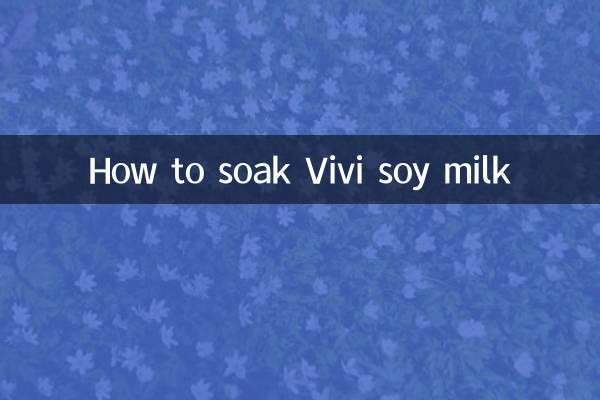How to see jaundice in children
Jaundice is a common physiological phenomenon in neonates, but it may also be a signal of certain diseases. Parents need to learn how to observe and judge the jaundice of their children in order to take timely response measures. The following is a detailed analysis of jaundice in children, including symptoms, causes, judgment methods and treatment suggestions.
1. Symptoms of jaundice

The main manifestations of jaundice are yellowing of the skin, mucous membrane and whites of the eyes. Here are the common symptoms of jaundice:
| symptom | describe |
|---|---|
| Yellow skin | Starting from the face, it gradually spreads to the chest, abdomen and limbs |
| White eyes and yellow hair | The white part of the eyes is obviously yellow |
| Dark color of urine | The urine may be dark yellow or tea-colored |
| Light color of stool | Posses may be off-white or clay |
| Poor mental state | Baby may show drowsiness, loss of appetite or crying |
2. Causes of jaundice
The occurrence of jaundice is related to bilirubin metabolism. Here are the common causes of neonatal jaundice:
| type | reason |
|---|---|
| Physiological jaundice | The liver function of newborns is immature and bilirubin metabolism is slow |
| Breast milk jaundice | Certain components in breast milk may affect bilirubin metabolism |
| Pathological jaundice | Pathological factors such as hemolytic diseases, infections, biliary atresia, etc. |
3. How to determine the degree of jaundice
Parents can preliminarily judge the severity of their baby's jaundice through the following methods:
| method | operate |
|---|---|
| Observe skin color | Observe the yellowness of the skin and whites in natural light |
| Pressing method | After lightly pressing the baby's skin, loosen it and observe whether the yellow stain is obvious |
| Speed of progress of jaundice | Record the time and spread of jaundice |
4. Suggestions for handling jaundice
Depending on the type and extent of jaundice, parents can take the following measures:
| How to deal with it | Applicable |
|---|---|
| Increase feeding | Promote bilirubin metabolism by eating more and more sequencing |
| Phototherapy | Blue light treatment under the guidance of a doctor |
| Pause breast milk | Short-term feeding observation when breast milk jaundice is suspected |
| Medical examination | Jaundice occurs early, progresses quickly or with other symptoms |
5. When do you need medical treatment?
If you need to seek medical treatment immediately in the following situations:
| Red flags | illustrate |
|---|---|
| Jaundice occurs within 24 hours of birth | Probably an early manifestation of pathological jaundice |
| Jaundice rapidly aggravates | Spread to limbs and hands and feet in a short time |
| With other symptoms | Fever, milk refusal, vomiting, drowsiness, etc. |
| Jaundice continues to go away | Full term babies exceed 2 weeks, premature babies exceed 3 weeks |
6. Things to note when preventing jaundice
Although jaundice cannot be completely prevented, the following measures can be taken to reduce the risk:
| Preventive measures | Specific practices |
|---|---|
| Start milk as soon as possible | Start breastfeeding as early as possible after birth |
| Feeding on demand | Feed 8-12 times a day to ensure sufficient intake |
| Observe defecation | Make sure you have enough urination and defecation every day |
| Regular monitoring | After discharge, follow the doctor's advice to check the jaundice value |
Jaundice is a common phenomenon in newborns, and in most cases there is no need to worry too much. However, parents need to master basic observation methods and detect abnormal situations in a timely manner. If you have any doubts about your baby's jaundice, it is recommended to consult a professional doctor in time to avoid delaying the treatment.

check the details

check the details